Roach’s legacy can’t be overstated. As a young man, he revolutionized the role of the drums in American music and played with practically every important jazz musician of the twentieth century, including Coleman Hawkins, Charlie Parker, Dizzy Gillespie, and Duke Ellington. He was active in the Civil Rights Movement and used his compositions to advocate for justice: His 1960 album “We Insist! Freedom Now Suite” was one of the first, and perhaps the most famous, explicitly political jazz albums in the fight against segregation and apartheid.
Roach was an artist devoted to exploration, innovation, and collaboration. In his later career, he expanded his artistic scope to perform with writers Toni Morrison, Amiri Baraka, Sam Shepard, Maya Angelou, and others. He composed for dance, performing with Bill T. Jones, Alvin Ailey, Donald Byrd, and Dianne McIntyre, and worked many times with multi-media visual artists.
The Joyce’s “Max Roach 100” began with a video prelude directed by one of these multi-media artists, Kit Fitzgerald, who worked with Roach on numerous occasions in the 1980s and ’90s. The new film features archival footage of Roach improvising. His sticks fly across the drums and from them burst streams of color, rainbows edited in to arc out paths of movement.
In one genius clip, Roach pares down his resources to a single hi-hat. He hammers with such intensity that we suppose he’s securing the instrument to the floor. For Roach, anything could be a percussion instrument if you knew how to play it, and in this episode, he uses the metal hi-hat stand as an equal companion to the cymbals. Roach’s clicking strikes on the stand sound like trilling tap shoes.




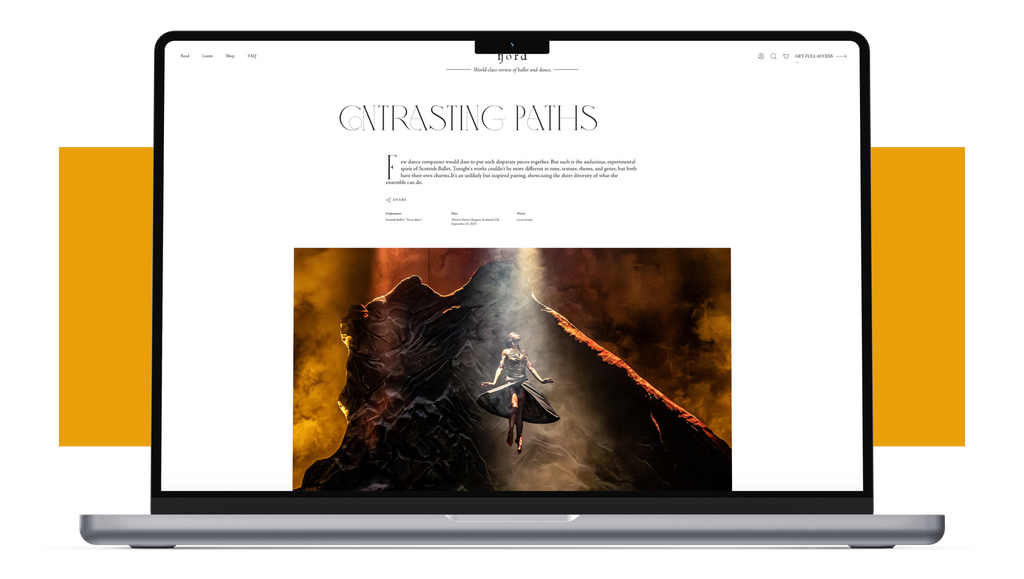



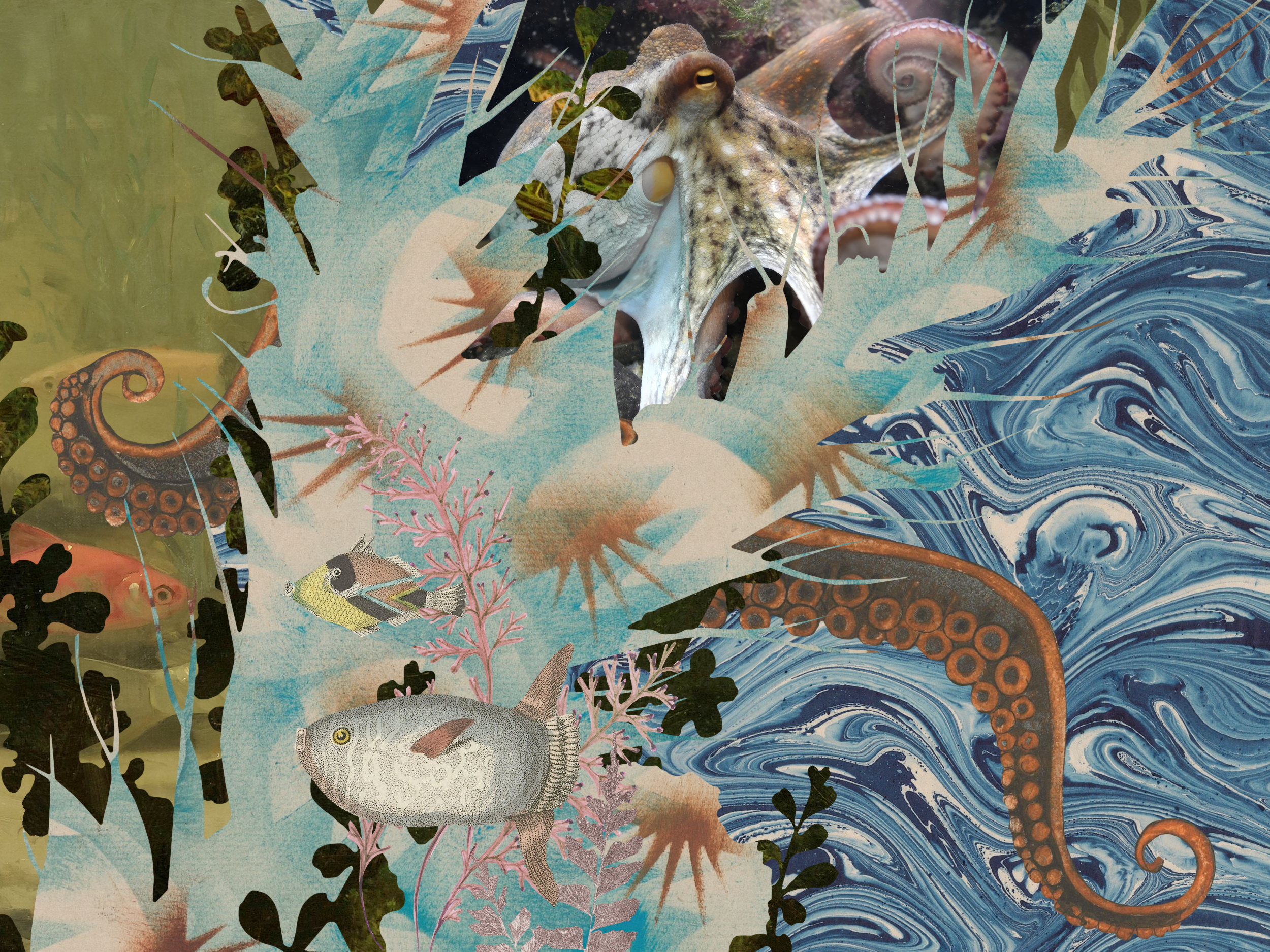
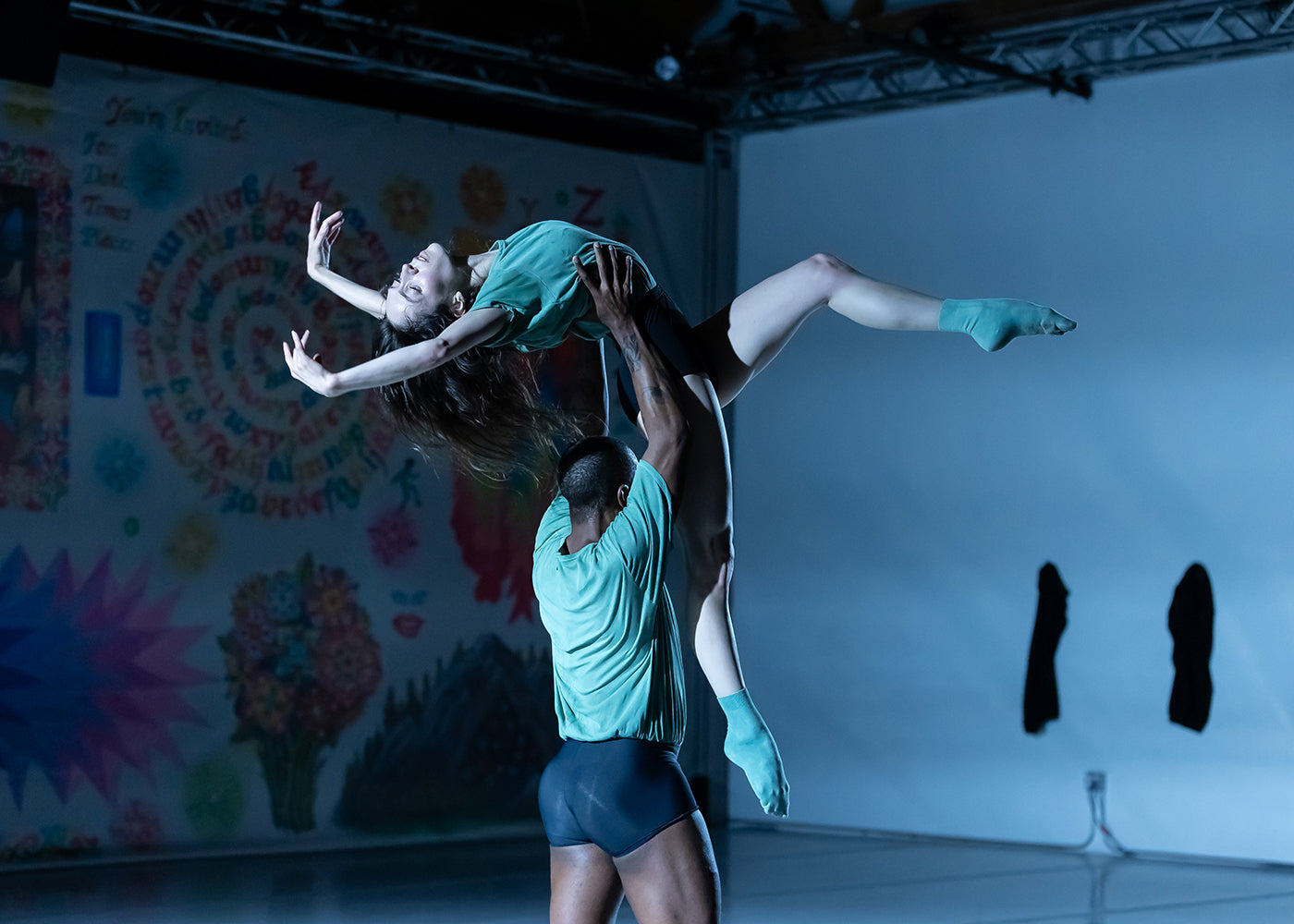
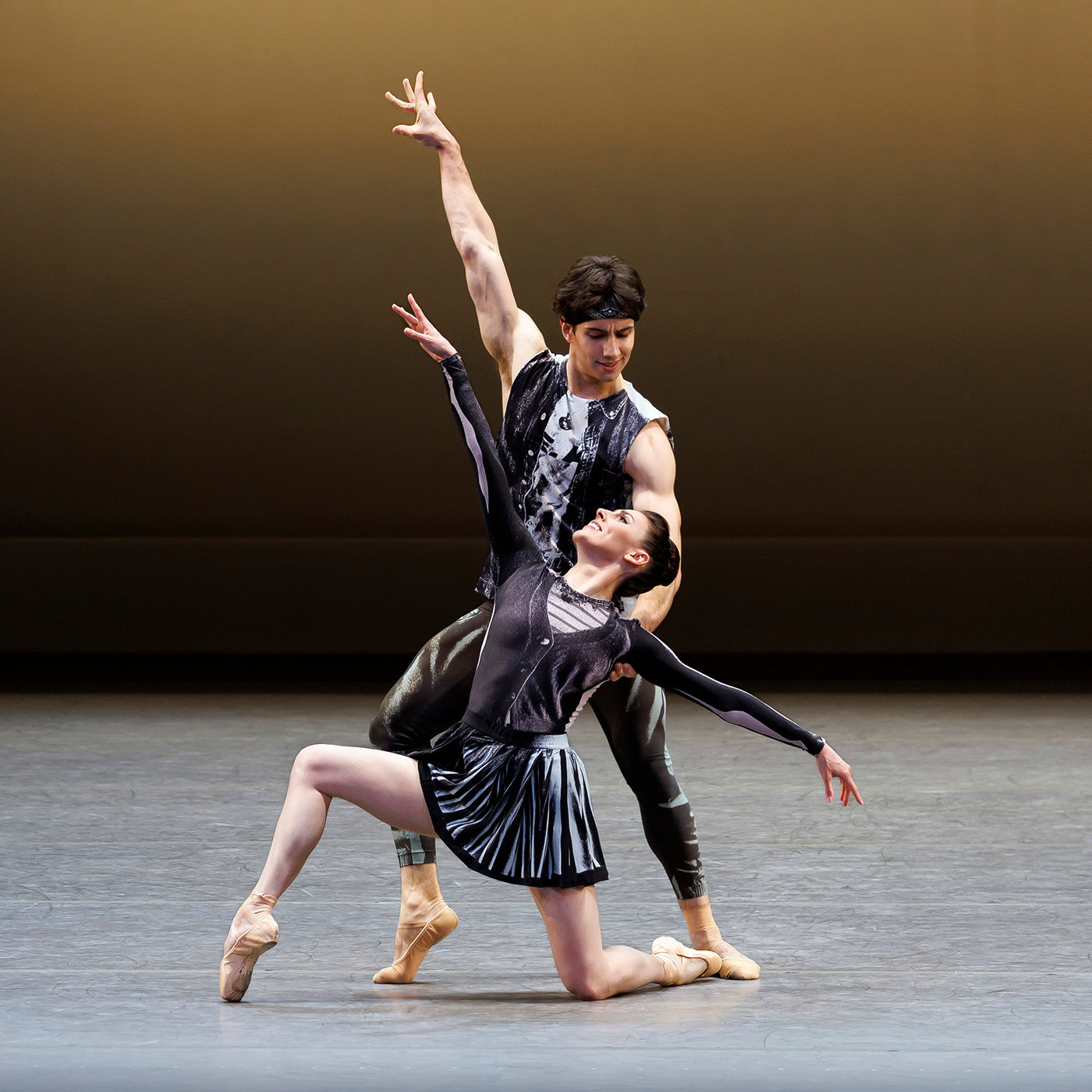
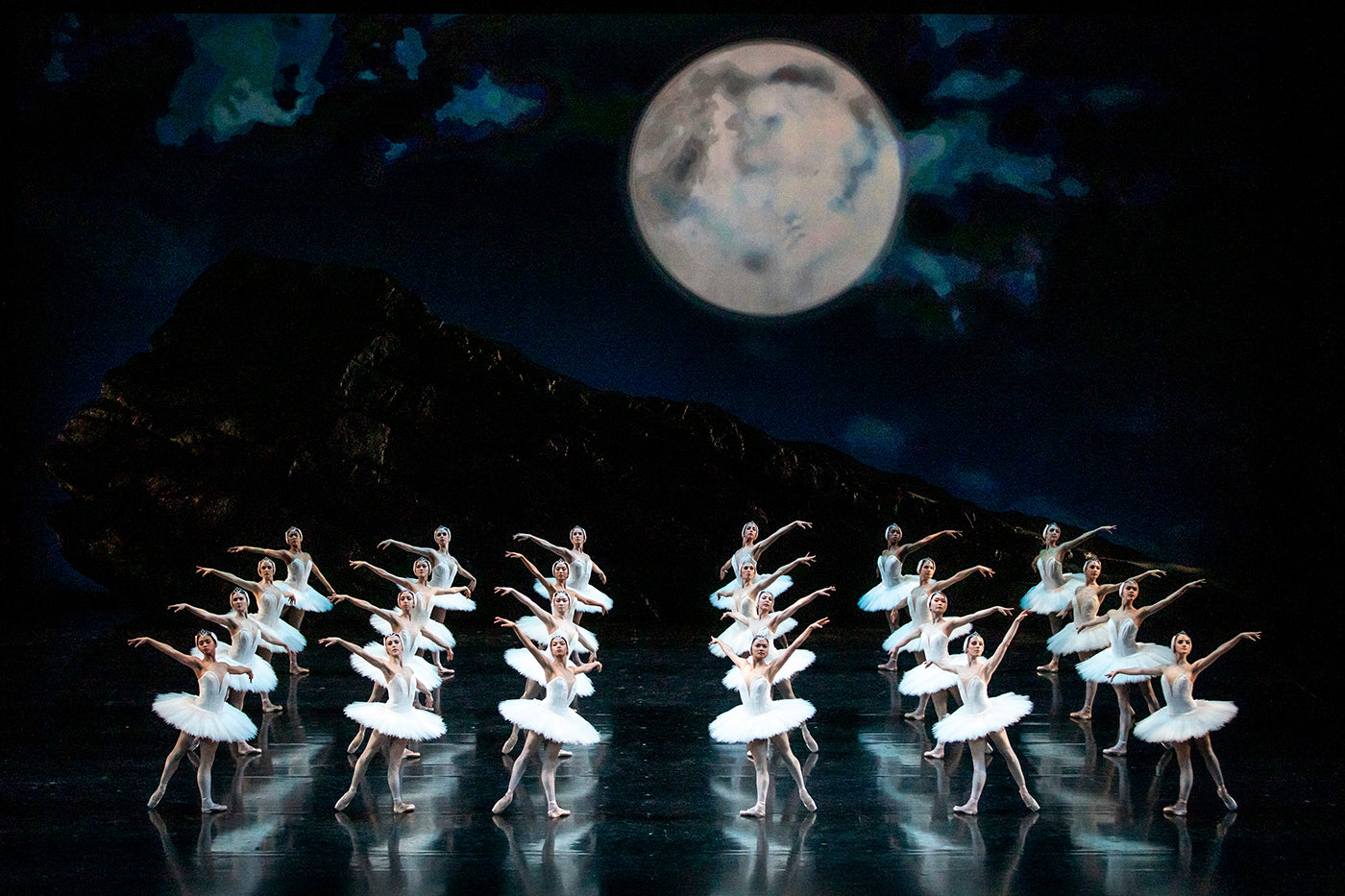
comments